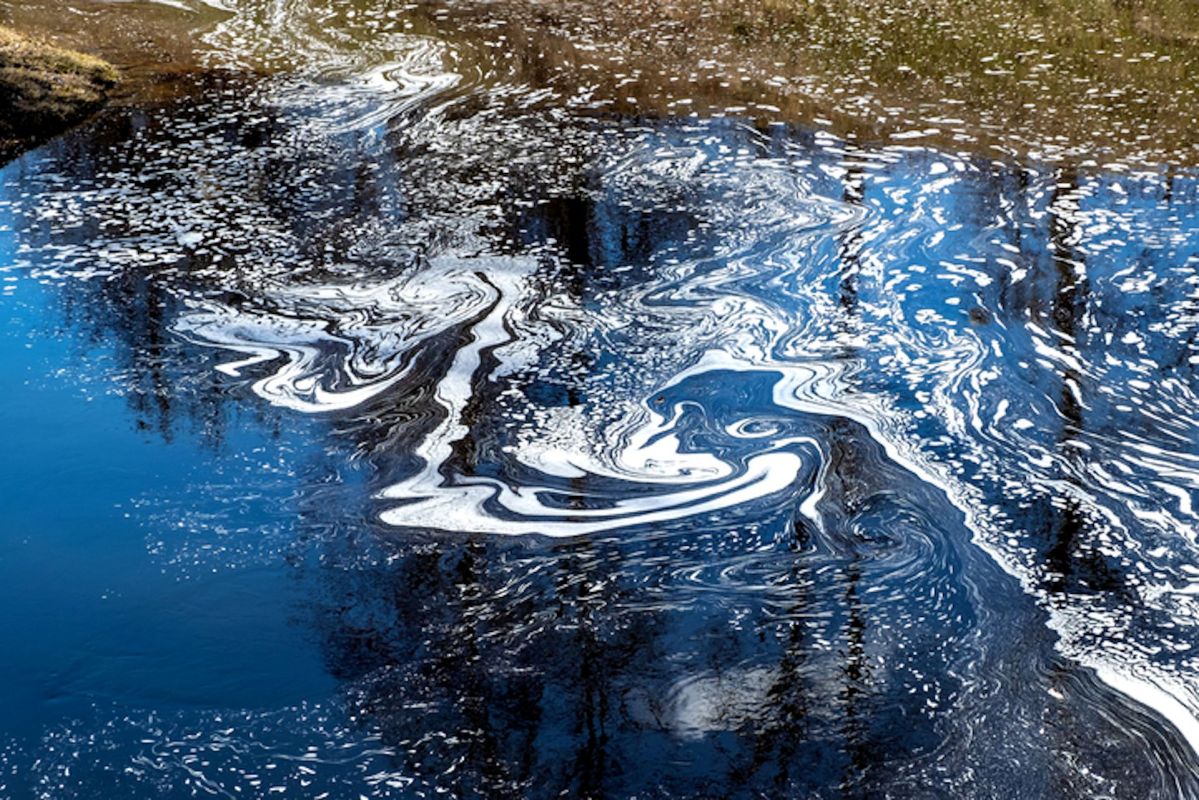Researchers at the University of California San Diego have engineered a living material that can clean pollutants out of the water.
According to CleanTechnica, the material is made of a seaweed-based polymer that is combined with genetically engineered bacteria. When the bacteria come into contact with organic pollutants, they turn them into "benign molecules" so that they no longer are harmful to human health.
As if that wasn't cool enough, the bacteria has been designed to "self-destruct" like a Mission Impossible recording, so it also offers a self-contained cleanup process.
Researchers combined the seaweed-based polymer alginate with water to create a gel, then combined the gel with cyanobacteria, a photosynthetic microorganism that lives in water. The researchers put the mixture in a 3D printer, where it was shaped into a grid-like structure that looks like a waffle.
But the researchers weren't just thinking about the breakfast they had that morning. They settled on the waffle shape due to its strength in ensuring that the bacteria remain alive throughout the process, as it keeps the cyanobacteria close to their necessities: light, gases, and nutrients.
The cyanobacteria create laccase, a decontaminating enzyme that can neutralize pollutants such as antibiotics, BPA, dyes, and pharmaceutical drugs. The researchers tested its effectiveness by successfully using the material to decolorize water containing indigo carmine, a dye used for coloring denim in textile production.
In other words, the process creates a reaction that makes toxic substances in the water non-toxic.
Though the aforementioned self-destructive process required researchers to add chemicals near the solution, the researchers are hoping to improve the design by making future versions self-destruct without any additional intervention.
Cleaning pollutants out of water is of vital importance for human health, as unsafe water kills more people every year than all forms of violence combined, according to the Natural Resources Defense Council. Chemicals, sewage, and other pollutants can have toxic effects on human health, so clearing these pollutants out of our water supplies is essential for keeping people healthy.
"Our goal is to make materials that respond to stimuli that are already present in the environment," said Jon Pokorski, a co-leader of the research and nanoengineering teacher at UC San Diego. "We're excited about the possibilities that this work can lead to, the exciting new materials we can create."
TCD Picks » Quince Spotlight

"This is the kind of research that can result when researchers with cross-disciplinary expertise in materials and biological sciences join forces," Pokorski added.
Join our free newsletter for weekly updates on the coolest innovations improving our lives and saving our planet.













